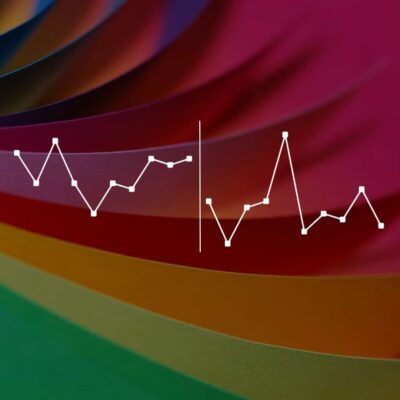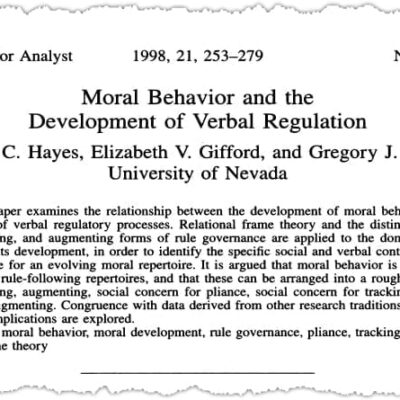Assessing and Treating Vocal Stereotypy in Children with Autism
$9.99
BCBA CEUs: 1 CEU
Read the following article and pass a 5-question quiz on it:
Ahearn, W. H., Clark, K. M., MacDonald, R. P., & Chung, B. O. (2007). Assessing and treating vocal stereotypy in children with autism. Journal of Applied Behavior Analysis, 40(2), 263-275.
Brand: CEUniverse
Description
To earn credit, you will be required to read the article and pass a 5-question quiz about it. You can retake the quiz as many times as needed, but you will not receive exactly the same questions each time.
Abstract
Previous research implies that stereotypic behavior tends to be maintained by the sensory consequences produced by engaging in the response. Few investigations, however, have focused on vocal stereotypy. The current study examined the noncommunicative vocalizations of 4 children with an autism spectrum disorder. First, functional analyses were conducted in an attempt to identify the function of each child’s behavior. For each of the participants, it was found that vocal stereotypy was likely not maintained by the social consequences. Following assessment, response interruption and redirection (RIRD) was implemented in an ABAB design to determine whether vocal stereotypy could be successfully redirected. RIRD involved a teacher issuing a series of vocal demands the child readily complied with during regular academic programming. Vocal demands were presented contingent on the occurrence of vocal stereotypy and were continuously presented until the child complied with three consecutively issued demands without emitting vocal stereotypy. For each child, RIRD produced levels of vocal stereotypy substantially lower than those observed in baseline. For 3 of the children, an increase in appropriate communication was also observed. The children’s teachers were trained to implement RIRD. Brief follow-up probes and anecdotal information implied that the treatment had a positive impact in the natural environment.
51 reviews for Assessing and Treating Vocal Stereotypy in Children with Autism
| 5 star | 60 | 60% |
| 4 star | 33 | 33% |
| 3 star | 5 | 5% |
| 2 star | 0% | |
| 1 star | 0% |
Sorry, no reviews match your current selections
You may also like…
-
Article Quiz

3.5 Total BCBA CEUs
3.5 Ethics CEUsA Case Study in the Misrepresentation of Applied Behavior Analysis in Autism: The Gernsbacher Lectures
Edward K. Morris4.39 out of 5(57)$34.99 Add to Cart Quick View -
BundleSale!

16.5 Total BCBA CEUs
2.5 Ethics CEUs14 General CEUsRFT Bundle
$159.93Original price was: $159.93.$135.93Current price is: $135.93. Add to Cart Quick View -
Article Quiz

1 Total BCBA CEU
1 Supervision CEUPredictors of Burnout, Job Satisfaction, and Turnover in Behavior Technicians Working with Individuals with Autism Spectrum Disorder
Marlena N. Novack & Dennis R. Dixon4.56 out of 5(50)$9.99 Add to Cart Quick View
Related products
-
Multimedia Tutorial

2 BCBA CEUs
Mastering the Basics of Visual Analysis
Katie Wolfe & Timothy A. Slocum4.31 out of 5(126)$19.99 Add to Cart Quick View -
Multimedia Tutorial

7 BCBA CEUs
An Introduction to Relational Frame Theory (RFT)
Eric J. Fox4.55 out of 5(503)$69.99 Add to Cart Quick View -
Article Quiz

2.5 Total BCBA CEUs
2.5 Ethics CEUsMoral Behavior and the Development of Verbal Regulation
Steven C. Hayes, Elizabeth V. Gifford, & Gregory J. Hayes3.30 out of 5(20)$24.99 Add to Cart Quick View




Great information, awesome topic!
Really good article on a very prevalent topic in ABA.
Great work! Thoughtful research.
Very interesting article and gave great insight on how to confront vocal stereotypy in children. I’ll be using this in my line of work.
Had some interesting information that is relevant to my current work.